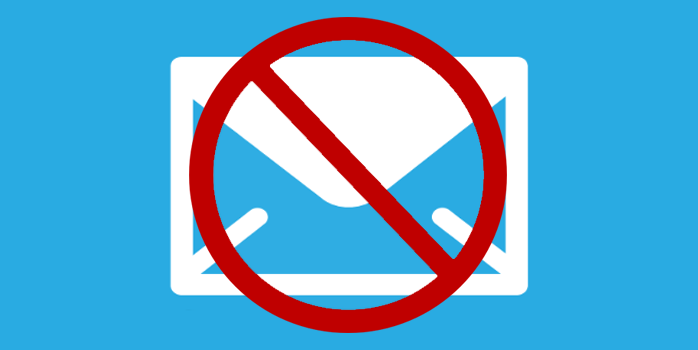before diving in, some credibility:
i’ve sent over 500,000 cold emails.
from bespoke suits to trucking, air filters to keyless entry, i’ve emailed bloggers, scientists, moms, rock stars, doctors, lawyers, CTOs and secretaries.
to be honest, i’ve never met anyone who has sent more cold email than me.
show me the money
my cold email course course ranks Page 1 on Google… twice.
i’ve written case study after case study after case study after case study detailing my experiments in the science of “mass outreach to strangers.”
even the cold email generator — which ranks #1 and #2 on Google and kicked ass on Product Hunt — was built by yours truly.
wonder how i got started?
it was 4 years ago when i was poor and unemployed, living in Harlem.
armed with a spreadsheet and YAMM i sent my first-ever cold email campaign to potential freelance opportunities.
this 5x’d my income to over $200k /year in 90 days.
so yeah.
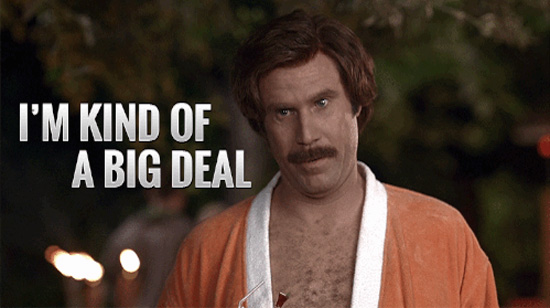
but why
entrepreneurs who asked me a year ago if cold email is an effective sales tactic, received a resounding yes.
indeed, Nigerian Princes are the grandfathers of cold email. obviously it works, it’s the longest running internet marketing campaign of all time.
so you don’t need me to demonstrate that. but the times, they are a-changin.’
below is an explanation, inspired by introspection, that reverses my former “yes it works!” knee-jerk approval to cold email.
i’m sharing this to help you, dear reader, understand why i (insert: any marketer) would quit doing something that works.
state of the modern consumer
AT&T ran the world’s first banner ad in 1994. the click-through rate? 44%.
twenty years later, the results are 27x less interesting:
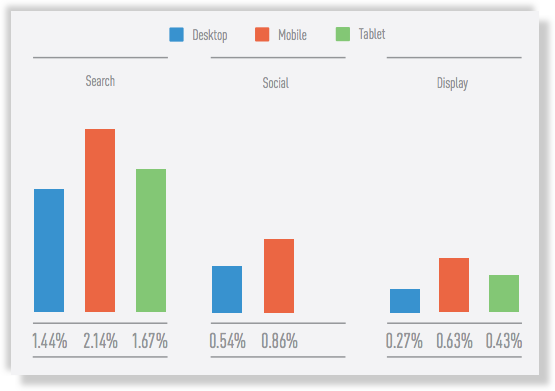
yet… banner ads are better than ever before.
a few things we have today that were non-existent in 1994:
- auction-based pricing algorithms
- browser fingerprints
- pixels/cookies to identify people/demographics
- ip location targeting
- talented visual designers
so what’s going on?
consumers are becoming more sophisticated.
which is a byproduct of marketing that few talk about.
here’s the deal: channels work when they impress or delight a prospect, so much that the prospect becomes a customer.
this is the essence of every PR stunt, and digital marketers are trying to host mini PR stunts on the interwebz, 24/7.
but the paradigm of “marketing channels that work” is when adjacent businesses make the same discovery.
how quickly did AT&T’s competitors launch banner ads?
physics
when competitors use the same tactics, prospects feel overwhelmed with non-differentiated choices, and then nobody buys.
it’s the bar scene from A Beautiful Mind, illustrating John Nash’s theory of equilibrium:
equilibrium is a stable state in which no player can gain advantage through a unilateral change of strategy assuming the others do not change what they are doing.
a few women walk into the bar, their front-runner an attractive blond. as the guys strategize how to win her favor, John (played by Russell Crowe) remarks:
“If we all go for the blonde, we block each other and not a single one of us is going to get her. So then we go for her friends, but they will all give us the cold shoulder because nobody likes to be second choice. But what if no one goes to the blonde? We don’t get in each other’s way and we don’t insult the other girls. That’s the only way we win.”
counter-intuitively, competing businesses serve their selfishness better when they don’t encroach on each others’ effective marketing channels.
but don’t take my word for it, read 22 Immutable Laws of Marketing, Laws 3, 6, and 13.
each chip away at the concept of finding your niche, owning it, ignoring the urge to do “everything,” knowing when to buck vs ignore competitors, etc.
state of cold email
cold or warm, mass email outreach shares the downward trend in efficacy as digital advertising.
in the 90s we got an email (you’ve got mail!), in the 2000s we get 100s, maybe thousands of emails.
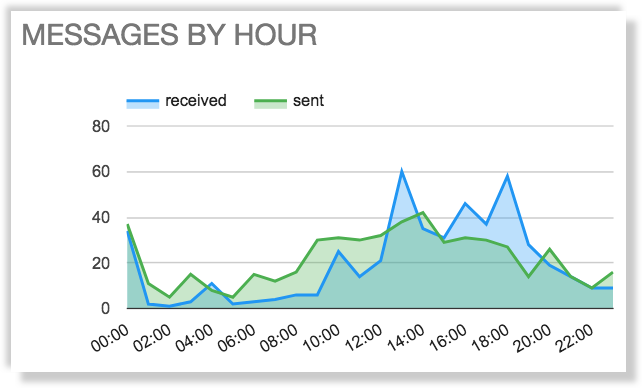
hell, VC-funded companies exist solely to help us unsubscribe from email.
when Gmail launched “Tabbed Inboxes” in 2013, marketers everywhere lost their mind. it was even dubbed an “apocalypse.”
(think that’s melodramatic? the headline is from Marketo, a leading marketing automation platform)
even Harvard Business Review chimed in to offer solace. their Ivy League advice? “craft emails your subscribers want to open…”
recipe for blah
combine the saturation of marketing channels like email with rising consumer intellect, and you’re left with a shitty sales machine.
even worse, though, is the negative impact these strategies have on your brand.
as an example, let’s check out my own company, Fomo.
pitch aside, Fomo is a marketing platform that helps websites increase their conversion rates. we do this by helping marketers leverage social proof.
with our target audience (ecommerce stores) in mind… does it make sense to send emails like this?
hey so-and-so,
we increase your conversion rates with social proof.
want to learn more?
or should we build things like this?
extremely proud of our new Customers page. thanks @dhh for the inspiration. https://t.co/eXHFCV44W4
— ryan kulp (@ryanckulp) May 26, 2017
by offering existing customers a public shoutout…
- they write honest reviews
- reviews are published on Capterra + our website
- earned website traffic sees the reviews, converts more often
- un-earned website traffic browses Capterra, where we rank by review count
so, Fomo grows by talking to customers, not strangers.
as for the brand implication, which better personifies our value prop — “increase your conversion rates” — the email, or the backlink?
fear
before taking this stance, i considered the following objections:
- ok Ryan, just because email doesn’t work for you, doesn’t mean it won’t work for me
- you know don’t what you’re talking about(!), all my business is from cold email and prospects appreciate it
- what you’re saying makes sense, but i don’t know what else i should be doing
here goes.
cold email can still work
buying drinks for girls used to work too, until date-rape was $5 /pill at the corner bodega.
cold email works for me
see above. then append: mass cold email is going extinct, and you’re a flat earther.
predictable sales requires that you are always figuring out the next channel. as Cuckerberg says, “we have to build the Facebook Killer or someone else will.”
what should i be doing
my past self would request you hire me but then i retired and now i’m not for sale.
in all seriousness, you should figure out how to flip the funnel to encourage prospects to find you, instead of the other way around.
future of mass marketing
i’d be remiss if i didn’t admit a few things:
- Fomo has sent a lot of cold email
- in the early periods, it was a primary growth driver (2-3 paid installs /day)
- cold email connected us with receptive strangers who otherwise may never have known we existed
the last point is the toughest to swallow.
because when a cold email prospect responds with something like, “i’ve been looking for a solution exactly like yours, where do i sign up?!” it’s a good feeling.
and it’s easy to justify a shitty sales machine for those moments.
the good news is, the alternative to achieving the same outcome is hidden in their reply:
“i’ve been looking…”
ergo, now Fomo does a bit of this:
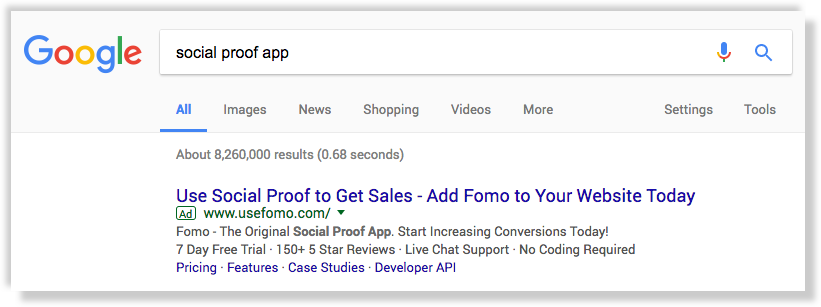
…and it works.
in fact, one of our customers was looking for our competitor, but he found us instead.
i’ll let him tell the story.
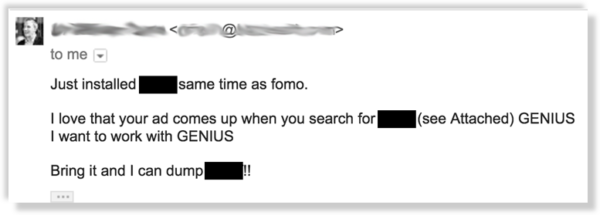
does it get any better than this?
we paid ~$1.50 for his click, and simultaneously “stole” mind-share (and market share, and brand share…) from a Fomo competitor.
so no, the “mass” prefix on marketing campaigns isn’t going away anytime soon, nor do i want it to.
but, the lie of mass personalization in today’s common sales strategies is one consumers see through, and subsequently attribute to your brand image, leading to lower returns in the long term.
as a new business especially, you’re better off treating the “how will prospects know i exist?” concern as a sales qualification filter.
put another way, rather than filling up your funnel with so-so leads and then “nurturing” the best ones out at the bottom, why not fill your funnel with only the good leads, and close them all?
for more of my thoughts on this specifically, go here.
summary
i end all long blog posts with a summary.
today’s summary is for mass cold email marketers who aren’t willing to think deeply about how they communicate with their target audience, yet have the audacity to skim my blog post shouting “¡viva la scraping!” in self-righteous indignation.
sigh.
here’s my advice:
- solve a problem that actually exists
- be creative in flipping the funnel
i’ve never advocated Godin’s Permission Marketing. in today’s crowded world, sometimes we have to demand attention, then ask permission later.
but the context matters.
our email inboxes are decreasingly ripe for unwarranted sales pitches. our ability to filter, spam, partition and ignore information — even information that’s good for us(! see: dieting) — is becoming increasing powerful.
the next time you consider hitting “send” on a CSV file of victims, ask yourself:
- is this the only way i can add value to these prospects?
- is this the only way they’ll know i exist?
- if yes, is that a serious problem for my business?
as the saying goes, sales cures all.
but if the “cure” lands in a spam folder, you’re infected. game over.
